The Ross girls, Sandra and Linda, are in the seat this weekend.
So it’s all about flowers and roses! Only joking. There’s no time to rest on your laurels, there’s a list as long as your arm of jobs to do - so let’s get straight into it.
September: It’s time to…
Admire
Foxglove spires are drop-dead gorgeous in dappled shade.
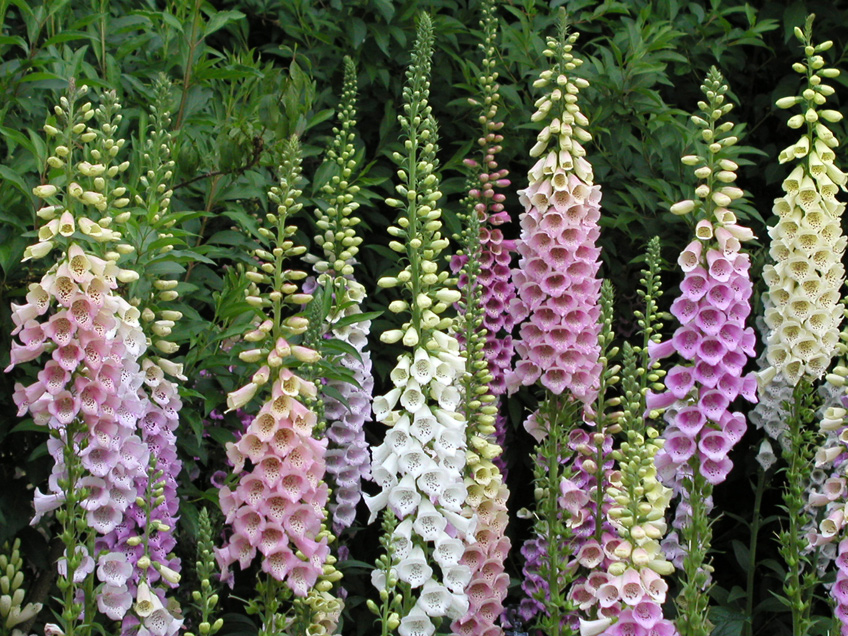
Well worth a trip to the South Coast of New South Wales to see foxgloves like this at springtime. Photo- Bluerain / Shutterstock.com
Prune
Late-winter and early-spring flowering plants such as diosma, flowering quince and May bush (Spirea) should be pruned as soon as they’ve finished.
Prune one-third passionfruit by a third to control size and allow it to fruit on this year’s growth.
Camellia japonica need a light trim.
Pick
Pick weeds out as you see them and cover bare soil with mulch.
Sweet peas allow gardeners to have their cake and eat it: the more you pick the more they flower. Pick a posie today!
Feed
Liquid feed spring-flowering bulbs as they flower and again when they yellow-off to add energy for next year’s blooms.
Apply organic fertiliser to all beds. This does more than feed the plants, it nourishes the soil by encouraging microbial activity.
Feed roses every six weeks to increase the blooms, and to bolster the plant’s disease resistance.
Feed and aerate lawns.
Re-pot
If you haven’t done so in the last three years, re-pot cymbidium orchids when they have finished flowering.
Watch out
Be vigilant against the hungry hawk moth caterpillar, which finds clivia leaves delicious. Zap with Success Ulta.
Plant
Plant out summer vegetables after the last frost. Try eggplant; capsicum; tomatoes; cucumbers; zucchini; chilli; green beans; beetroot and carrot.
Dahlia tubers are unbeatable for late-summer and autumn colour. Single petal, pompom, pinwheel or enormous sunflower types are all easy to grow and come
back year after year.
Last chance
Prune and shape hibiscus hard before the spring weather pushes them into new growth. Do this with angels trumpet, salvia, canna lily and gingers.
Bush Garden
Wax Flower, Philotheca myoporoides, also known as Eriostemon
There’s a few of these stunners. All are spectacular in flower, growing into rounded buns about 1m round. Starry little flowers, some explode from pink
buds, are valuable garden plants, tolerant of many soil types. We like them intermingles with hardenbergia happy wanderer and the purple mint bush.
Trim back every year after flowering. Leaves smell like apples when crushed.
Look out for one called Profusion
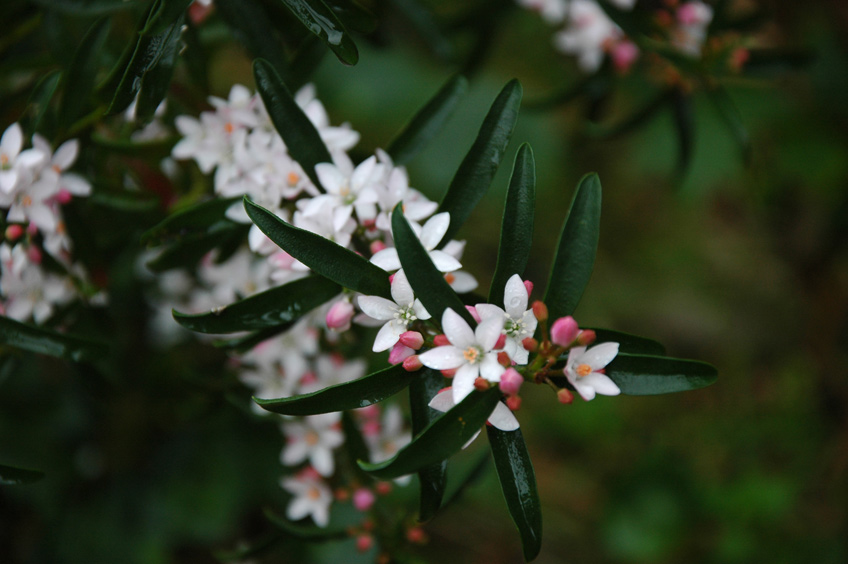
Wax Flower, Philotheca myoporoides, also known as Eriostemon. Photo- Dan Wheatley
Cinnamon Wattle, Acacia leprosa, 'Scarlet Blaize'
We have been talking about the Australian floral emblem,
Acacia pycnantha, in the garden clinic this week. And Linda posted a blog about the incredible variety of flowering wattle there are in bloom this month. But who says they have to be gold?
The beautiful Cinnamon Wattle is in Linda's bush garden this Sunday, with it's little red pom-pom-like blossoms.
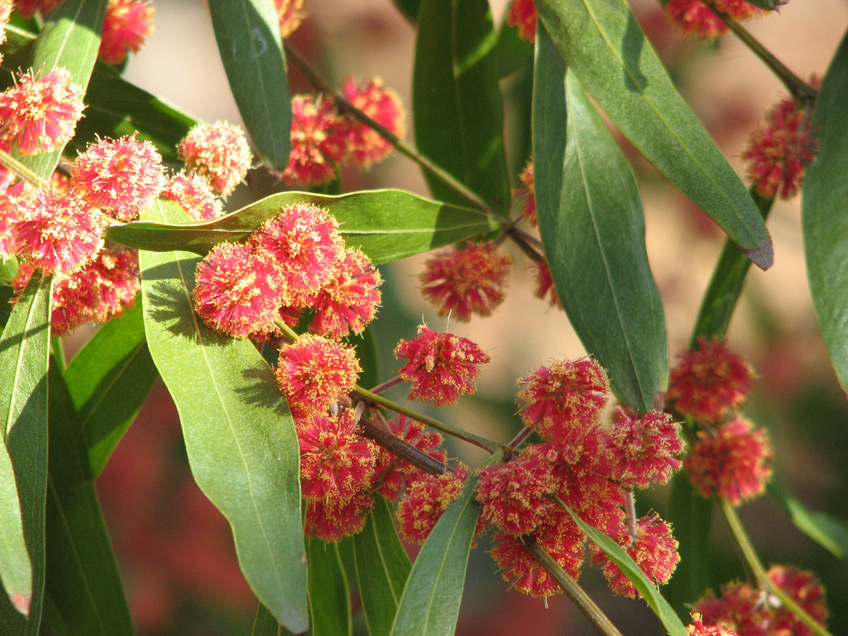
Cinnamon wattle, Acacia leprosa 'Scarlet Blaze'
In the Veggie Patch
Beetroot How versatile is this vegetable! Grate it, shred it, juice it, boil it, or roast it. It can be a pickle, a soup, a dip, a side
dish, a main event, or a salad. It is a great match for fetta cheese, goat’s cheese, walnuts, hazelnuts, horseradish, yoghurt, cumin, pine nuts, oranges,
dill, mint and rocket. Not quite convinced the beet deserves a place in your patch? Consider this: the leaves can also be eaten, cooked when harvested,
or picked young leaf by leaf to add colour and flavour to a mixed salad. Seize the day and plant now for a harvest before the weather cools and growth
slows.
Growing Beetroot grow anywhere, even in heavy clay. Before sowing add compost and a handful of organic fertiliser to the soil. Beetroot
seeds can be sown in autumn, spring and summer. Soak seeds overnight in warm water before sowing. Create rows 30cm apart and space the seed out 10
cm under 1.5cm soil. Each seed is actually a woody capsule made up of two or three seeds which result in roots growing on top of themselves. So once
the baby beets are growing, thin out every second one. (Beetroot seed tape evenly spaces individual seeds and removes the need for thinning.)
Harvesting In warm weather beetroot take 15 weeks to grow to a tasty size somewhere between golf ball and tennis ball. Put the date in
your diary so you don’t leave them in to become woody and tasteless softballs.
Troubleshooting Rusty orange and brown holes and spots on foliage indicate a trace element or nutrient deficiency in the soil. Boron and
magnesium are the usual suspects. This can be corrected by checking the pH of the soil and adjusting to neutral, and by adding soluble trace elements
(try product by Manutec).
Varieties
Burpees Golden is a pretty, peach-coloured globe that tastes just like red beetroot but doesn’t stain.
Chioggia is an old Italian red and white striped variety.
White Blankoma is exotic-looking, but a little woody to my way of thinking.
Bull’s Blood is a rich dark colour and the almost-black leaves look terrific in the garden and in a salad.
Web Links – beetroot recipes?
Blossom Report
Blossom spotting is a favourite spring time activity, usually played in a car at 60 km/hr! Our cheat sheet will improve your identification skills dramatically!
Flowering apple (Crabapple)
Crabapples are loved for their abundance of blossom in spring. Some species set fruit (crabs) that make delicious jelly. They deserve a spot in every garden
to shout out load that spring is here! Here’s two of our favourites:
Japanese Crabapple Malus floribunda
Deep crimson buds open to profuse single white blossom. You can’t spot a leaf. Grows to 8 x 8m and makes a handsome shade tree.
Grow: suits warm and cool climates and prefers good rich soil and supplementary summer watering. No pruning needed.
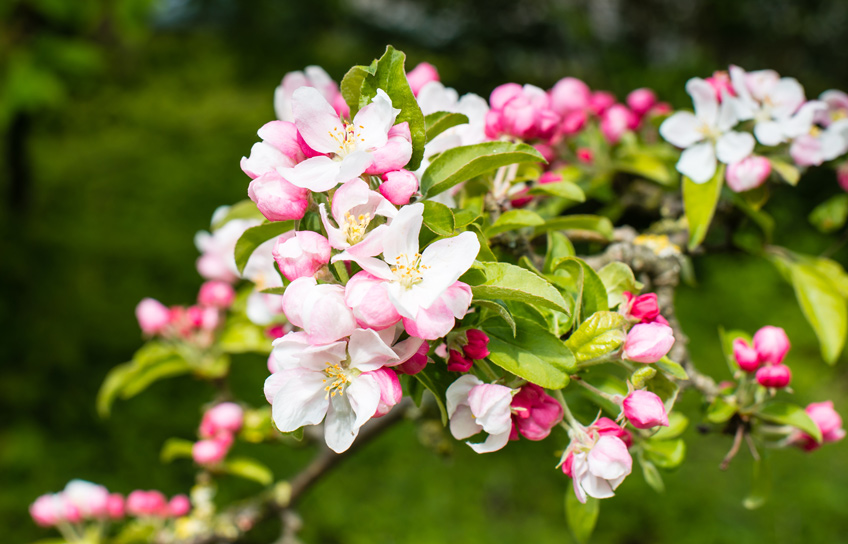
Japanese Crabapple, Malus floribunda Photo - Ruud Morijn / Shutterstock.com
Betchel Crab Malus ioensis ‘Plena’
Creamy pink double blossom smothers the tree late spring and appear with the leaves. One of the best for its blossom! Grows 8 x 8m. Suited to cool climates
and deep rich soil, no pruning needed.
Flowering Peach Prunus persica
Small deciduous tree, 4m x 4m with spring blossom. White form is called ‘Albo plena’, double pink form is called ‘Klara Mayer’ and variegated cherry red
and white form is called ‘Versicolour’ (3x3m). Look for a weeping white form usually grafted at 2m – it’s superb. Suited to cool and warm climates
in moist, well drained fertile soils in full sun to part-shade. Flowers best when pruned annually immediately after flowering. Often requires spraying
to prevent leaf curl.
Bugwatch
The aphids are just emerging in my garden. I found a little gathering of them taking up residence in my roses yesterday. But i found that they were not
alone. The other party on the little rose but i was looking at was the Ladybird larvae, busily eating aphids.
So the good news is I don’t have to spray. There are alternatives available that help kill the unwanted pests without harming the beneficial insects. Eco-organic
Garden have a range of ‘Backyard Buddies’ that you can introduce to
your garden that love eating pests like aphids. These little helpers are available mail-order and are perfectly safe to use in your home garden. You
can read all about it in our latest Bugwatch article.
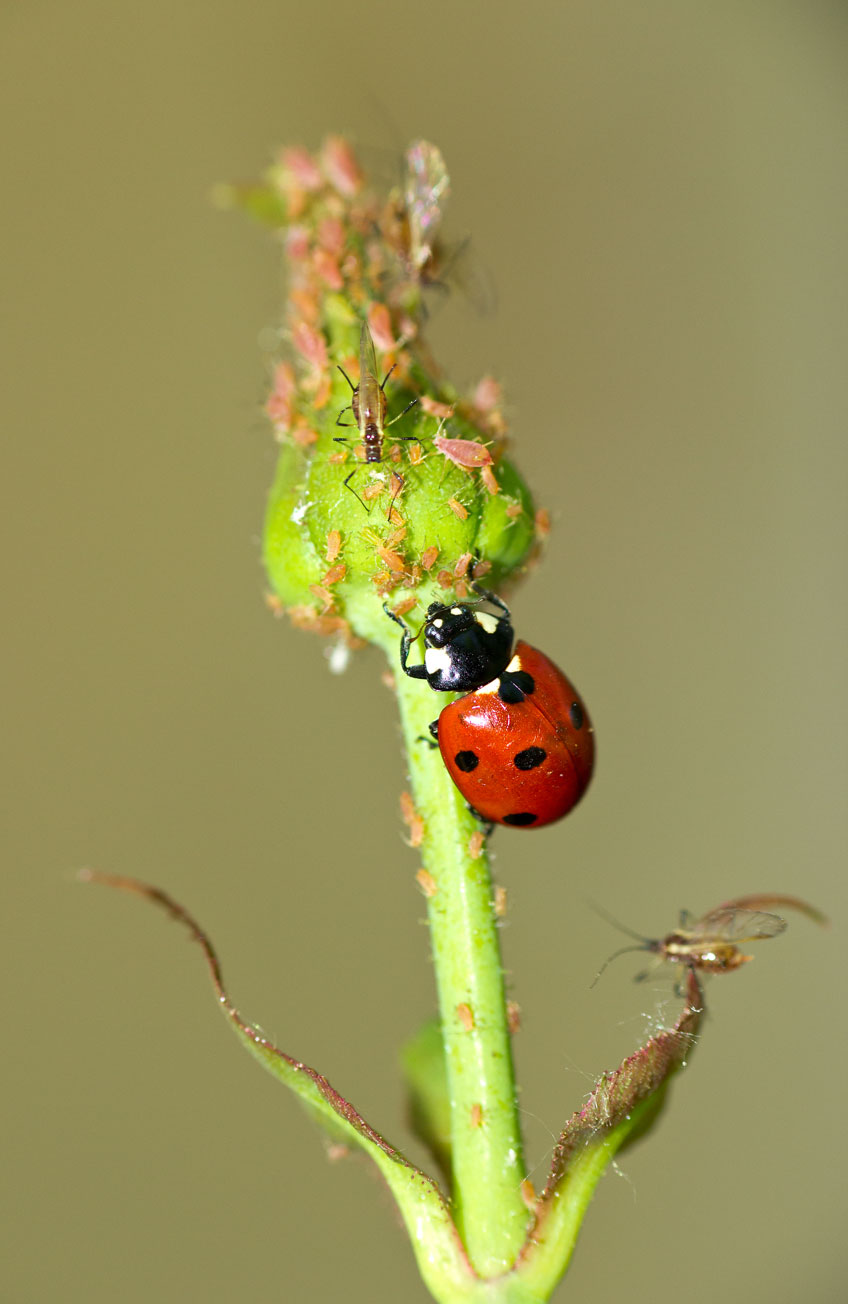
Ladybirds, and their larvae love to eat bugs like aphids and mealy bugs. Photo - Dimijana / Shutterstock.com
Garden News
Linda spoke to Angus Stewart, from ABC Gardening Australia, today about what’s going on in his world. Angus was keen to talk about the meadows of wildflowers display in full bloom at the Australian Botanic Garden this week. There they have worked into the soil a mix of seed and potting mix to produce a beautiful wildflower meadow. In particular, the pink and white ‘Sunray’, which is available for sale at the Gardens. These paper daisy are looking fabulous, and its peak-flower over the next week.
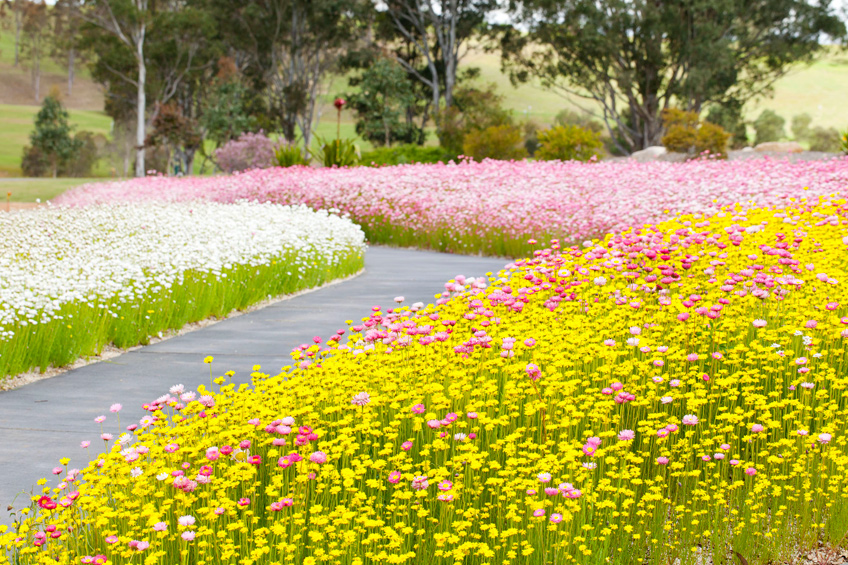
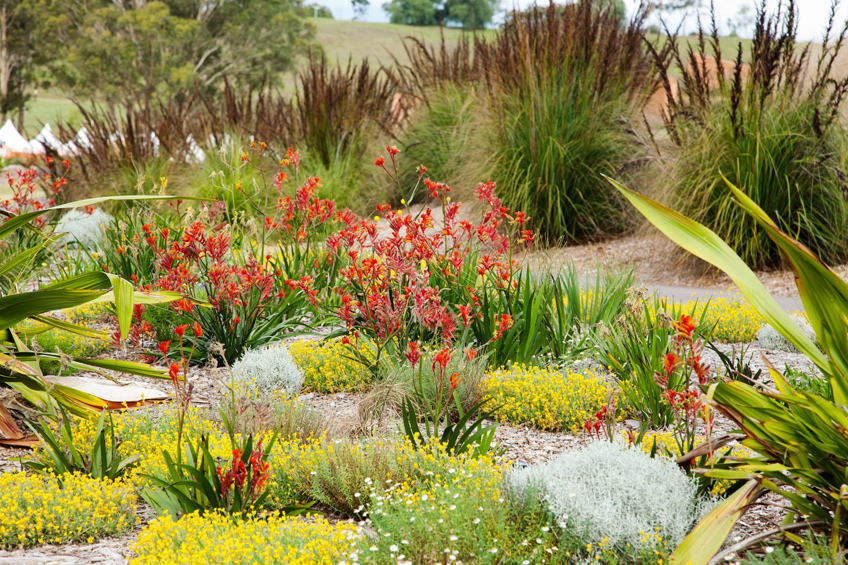
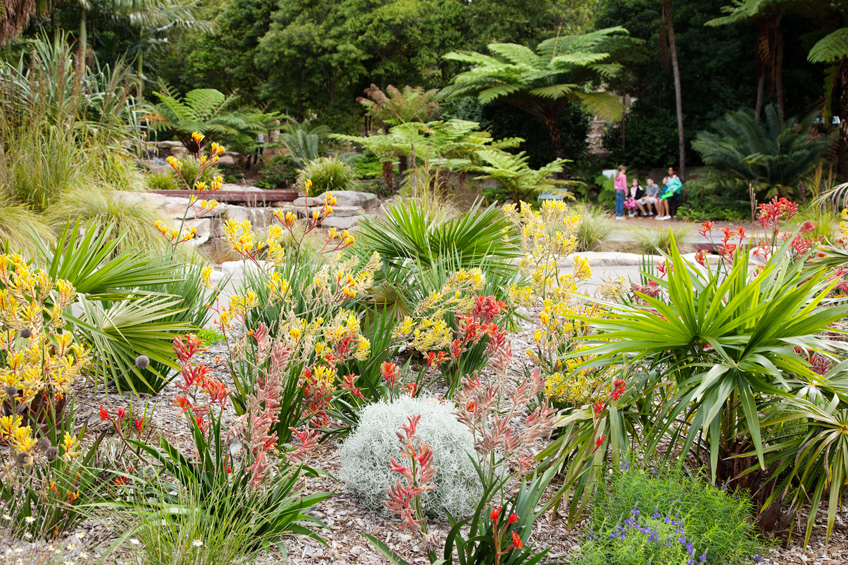
Wildflower Meadows at the Australian Botanic Garden, Mt Annan, is looking incredible right now.
On the Central Coast of New South Wales later this month the Plant Lovers Fair will bring growers of rare and unusual plants together in one place for you to see and buy. See it at the Kariong Mountains High School, 26 – 27 September. And if you’re like Linda, and collectible plants are your weakness, don’t forget to put the Collector’s Plant Fair in your diary. Running from 8 to 10 April at the Hawkesbury Race Club, near the Clarendon Railway Station.
Angus is helping out with the Bushcare’s major day out on 13 September. You can find out more on their website.